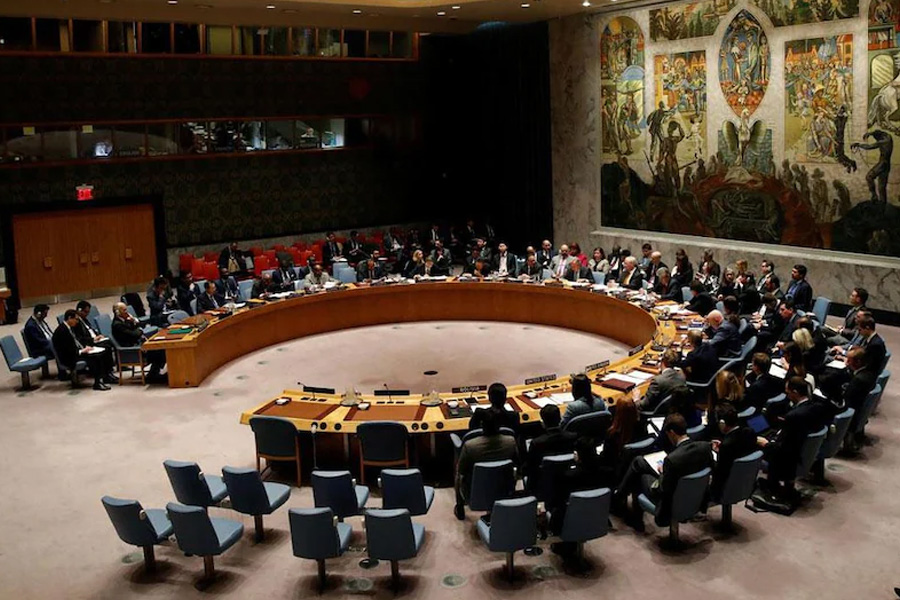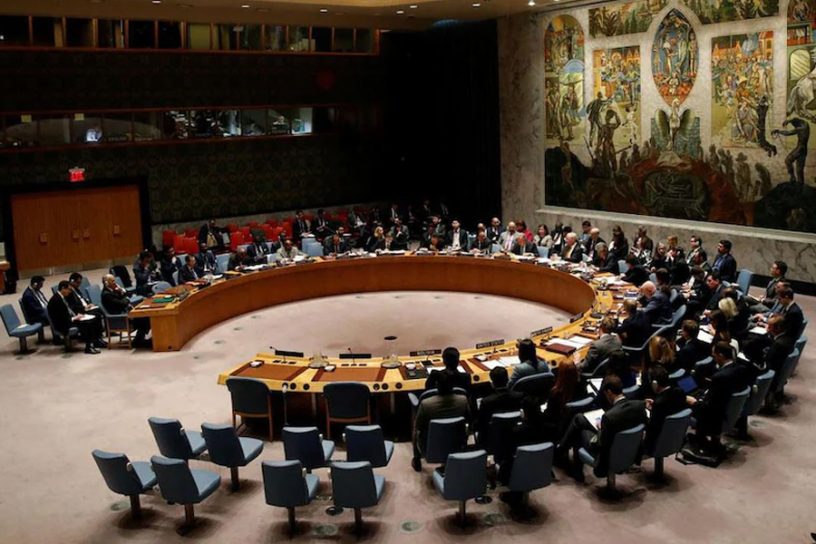
As long as Responsibility to Protect remains an emerging norm without being a binding obligation, it requires Responsibility Not to Veto as a procedural mechanism in order to be effectively implemented, say the authors.
Authors
Abhinav Mehrotra, Assistant Professor, Jindal Global Law School, O.P. Jindal Global University, Sonipat, Haryana, India.
Biswanath Gupta, Associate Professor, Jindal Global Law School, O.P. Jindal Global University, Sonipat, Haryana, India.
Summary
A resolution (A/77/L.52) has been adopted on April 26, 2022 by the United Nations General Assembly requiring five permanent members of the Security Council to justify their use of the veto. This landmark resolution is initiated by Liechtenstein two years ago in a separate endeavor for the ongoing debate on the reform of the Security Council.
This General Assembly Resolution is backed by three permanent members of the Security Council (the United States, France, and the UK) except China and Russia (also called P5).
The objective of the resolution is to hold the five permanent members of the Security Council accountable for their use of the veto. This resolution states that the “Standing mandate for General Assembly debate when veto is cast in Security Council” is co-sponsored by 83 United Nations member states across the cross-regional support.
The text of the present resolution shares concern over the growing use of veto without any transparency and accountability. This aims to encounter the challenges in carrying out the responsibility as mandated in the United Nations Charter. This recent push for reform is revived by the Russia-Ukraine war. The measures suggest making the veto-holder states such as the United States, Russia, France, China, and the UK pay the higher political price when using the veto to strike down any Security Council Resolution.
The Resolution suggests that the President of the Security Council convene a meeting within ten working days after one or more members use the power of veto to stop any resolution in the Council. The third paragraph of the resolution, asks for a report from the Security Council to the General Assembly within 72 hours of the exercise of the veto right. But it is unclear if one or more permanent member proposes any controversial text to force their rival to justify their stance publicly.
In this context, there arises some important questions. For example, where can a veto be exercised? What is the rationale for having in place the veto? How does it impact the prevention and prosecution of humanitarian crises under R2P (Responsibility to Protect)? How can the use of veto be decreased through the principle of Responsibility Not to Veto (RN2V)?
Published in: The Geopolitics
To read the full article, please click here.


